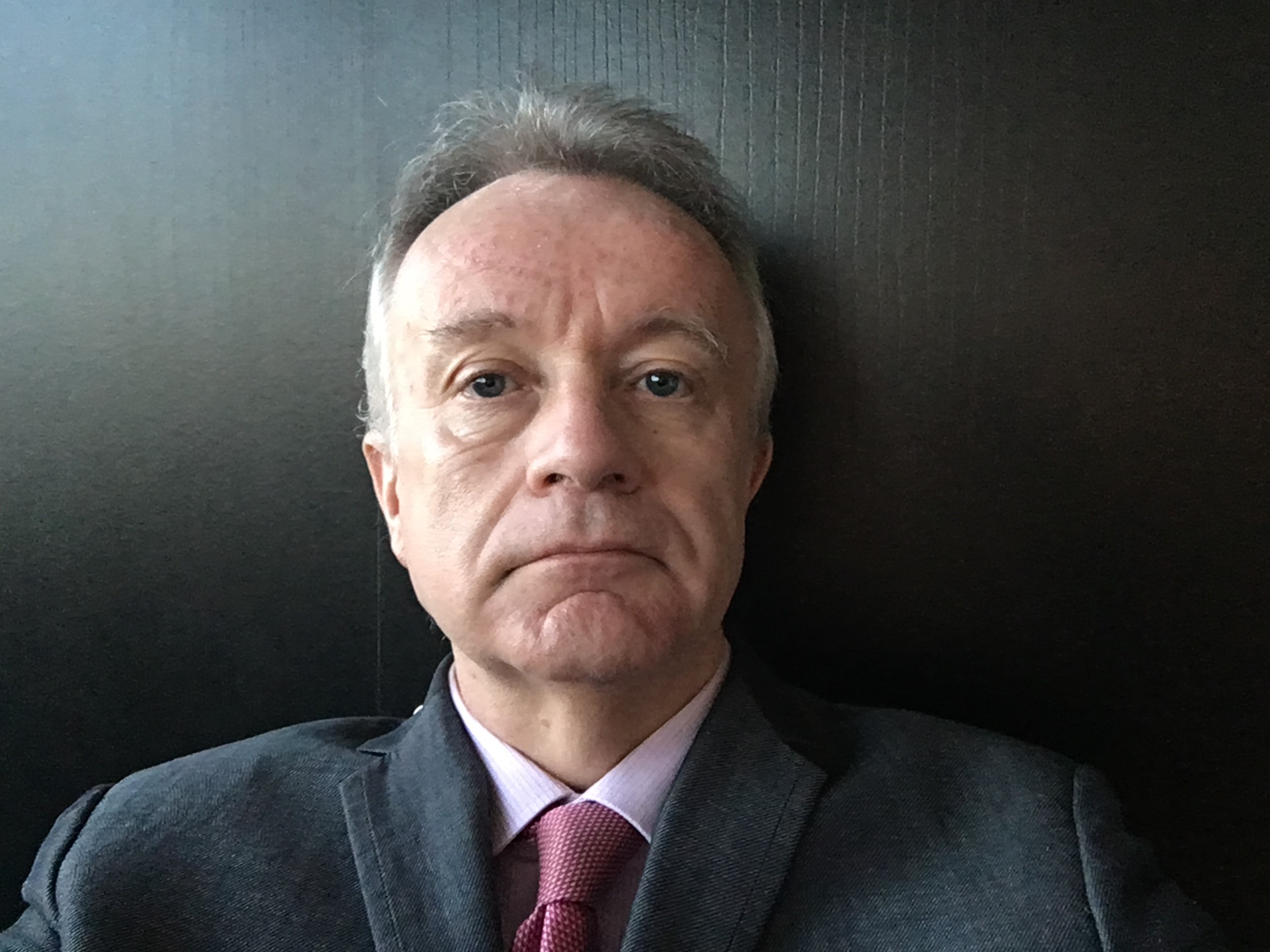Scientific Program
Keynote Session:
Title: Novel guided fluidic assembling technology for optical devices
Biography:
Brahm Pal Singh completed his Ph.D. in Quantum Electronics in 1990 from IIT Delhi, and D.Eng. in Quantum Engineering in 1996 from Nagoya University with Postdoctoral Studies at NPL New Delhi, India and AIST Tsukuba, Japan. Dr. Singh is a Research & Development Manager in Advanced Technologies Development Center, ES Company, Panasonic Corporation. He has published over 30 research papers in reputed journals and international conferences/symposiums and has been serving as a referee for the international reputed journals.
Abstract:
Self-assembly of micro devices is an indispensable technology for their industrial and biomedical applications. High precision assembly of laser diodes (LD) and light emitting diodes (LED) on silicon wafer substrates for their various industrial uses in the optoelectronic unit devices is an important issue from a mass production point of view. An alternate to replace an obsolete pick and place flip chip bonding robotic technology with a simple, low cost and highly efficient technique is desired for the industrial applications. We have investigated a novel technique to assemble LD microchips with micrometer order accuracy. The rapid assembly of a number of high power edge emitting LDs is practically demonstrated. A 150 micrometer thick nickel metal mask is used to confine the LDs and guide the unassembled one simultaneously into their recesses by its restricted displacements. This technique is based on guiding the optical devices within a suitable fluidic medium to perform assembling process in two steps: (i) coarse precision with a confinement mask to bring LDs near their recesses to achieve high assembling efficiency and (ii) fine precision due to electrode patterns on the base surface of LDs under fluidic as well as gravitational forces. The assembly of (i) 80 red LDs of the same size and (ii) 40 pairs of red and infrared LDs of two different sizes is successfully demonstrated within +/- 2 micro meter precision with 100% efficiency in just few seconds after transferring all LDs into their confinement mask regions.
Title: The Challenge of Optics in Future Extremely Large Telescopes
Biography:
Eric Ruch has completed his engineering degree at the Institute of Optics in Paris in 1984. He is working with Safran Reosc for 30 years as project manager and is currently Director of Programm for Space, Science and Defense projects. Since 1992, he is given lecture in Optical Systems at the Institute of Optics Graduate School, Paris, France.
Abstract:
The development of astronomical telescopes has largely been driven by the capability to produce accurate and complex surfaces that are necessary to correct the geometrical aberrations existing in any optical instrument. Although the optical configurations used in the most recent telescopes were discovered almost 400 years ago, the technical difficulties and challenges to manufacture these optics did not allow one to contemplate the successful building of such mirrors until modern technologies such as computer controlled polishing and the laser interferometer were available. In this presentation we will show that extremely large telescopes of the future will require much more accurate optics than any other telescope in the past. The need for these highly accurate mirrors is driven by the most ambitious scientific goals, such as Earth-like planet detection and spectroscopy. To meet these challenges, several techniques for polishing and figuring mirrors have been developed in Europe and in the United States and some of the most promising will be reported in this presentation. The first results in development of prototypes demonstrate that necessary polishing technology is now available to meet the most stringent requirements set by the astronomers.



